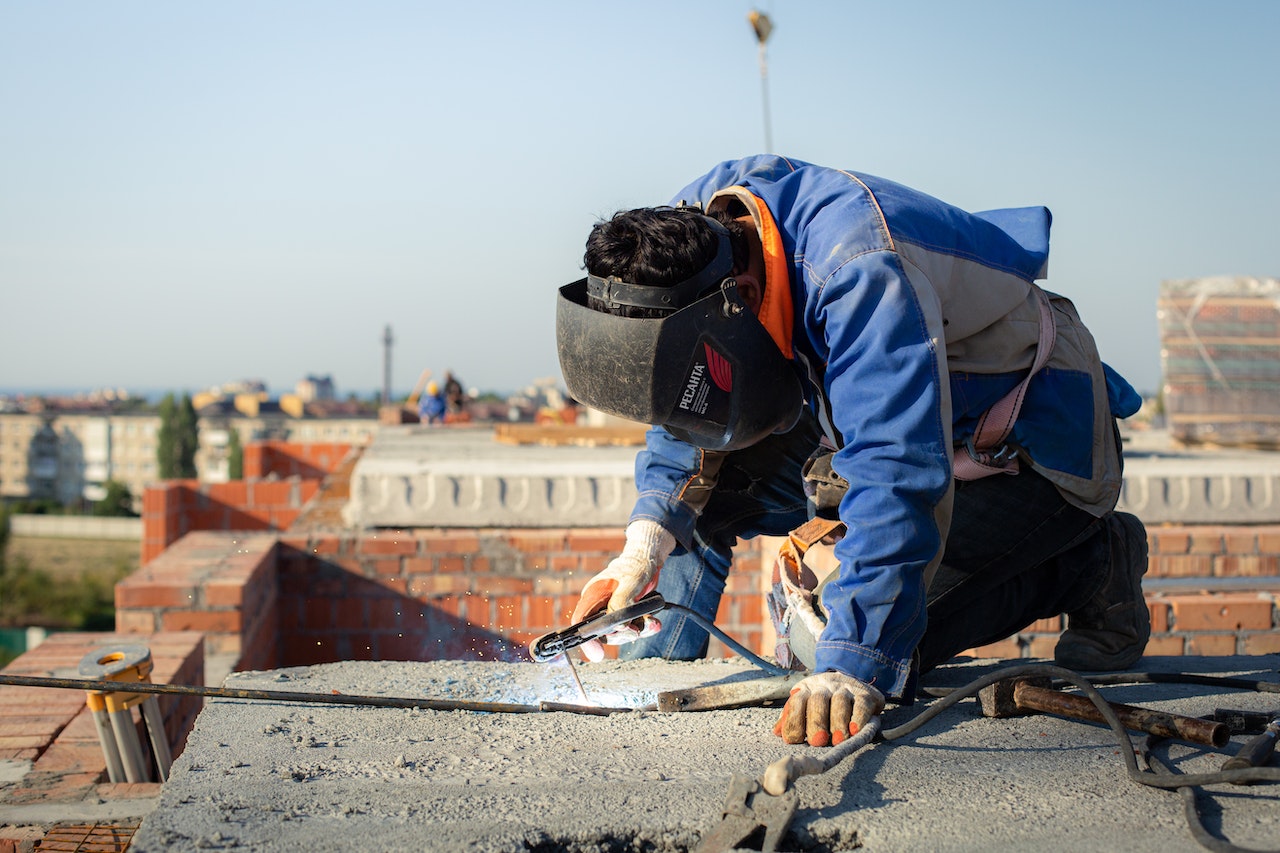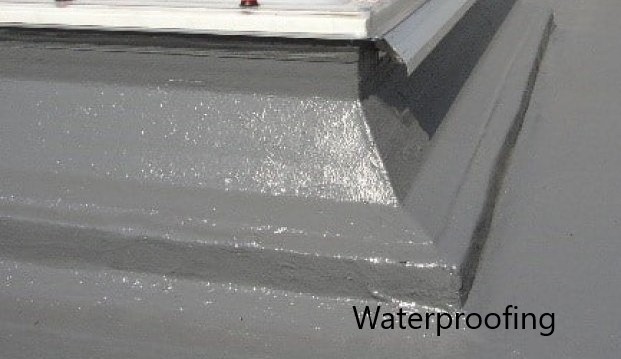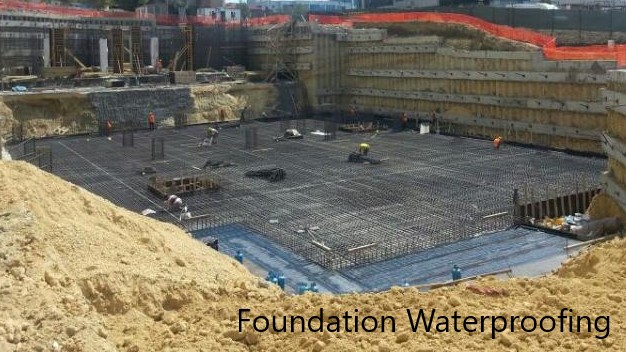In the world of welding, there are numerous techniques employed to join metals together, each with its unique advantages and applications. One such method that stands out for its strength and versatility is butt welding. In this comprehensive guide, we’ll delve into the intricacies of butt welding, exploring its process, applications, benefits, and potential challenges.
Butt welding is a fusion welding technique used to join two pieces of metal along a single plane. It involves bringing the edges of the two workpieces together and then melting and fusing them to create a strong and continuous joint.
This method is widely favored in various industries due to its ability to create joints that are not only robust but also aesthetically pleasing.
Butt Welding Process
The process of butt welding entails several key steps:
- Preparation: The edges of the workpieces are prepared by chamfering or beveling to create a V, U, or J shape, depending on the welding requirements.
- Alignment: The prepared edges are aligned precisely using clamps or fixtures to ensure accurate fusion.
- Heating: A heat source, such as an electric arc or a laser, is applied to melt the edges’ material.
- Fusion: Once the material reaches a molten state, the edges are pressed together, allowing them to fuse.
- Cooling: The fused area cools down, solidifying the joint and forming a strong bond.
Advantages of Butt Welding
Butt welding offers several advantages that contribute to its widespread usage:
- Strength: Butt welds produce joints that retain much of the base metal’s strength, making them ideal for structural applications.
- Clean Aesthetics: The joint’s seamless nature makes it visually appealing, crucial for applications where appearance matters.
- Versatility: This method can be used with a wide range of metals, including steel, stainless steel, aluminum, and more.
- Cost-Effective: Butt welding eliminates the need for additional materials like filler rods, resulting in cost savings.
- Durability: The absence of external materials ensures that the joint is not prone to corrosion or weakening.
Applications of Butt Welding
Butt welding finds its utility in various industries and applications:
- Construction: Joining steel beams and columns in building structures.
- Automotive: Creating seamless and sturdy automotive components.
- Pipelines: Connecting pipes for fluid and gas transportation.
- Aerospace: Fabricating aircraft components and assemblies.
- Shipbuilding: Joining metal sheets to construct ship hulls.
A wide range of materials can be butt welded, including:
- Metals: Steel, stainless steel, aluminum, copper, titanium, etc.
- Alloys: Nickel alloys, brass alloys, bronze alloys, etc.
Proper preparation is crucial for a successful butt weld:
- Clean Edges: Ensure the edges are free from rust, dirt, and contaminants.
- Accurate Measurements: Precise measurements and alignment prevent uneven joints.
- Appropriate Edge Preparation: Select the suitable joint design based on material thickness and type.

Types of Butt Joints
Butt weld joints are a common type of joint used in welding, where two pieces of metal are joined by melting their edges and fusing them together.
There are various types of butt weld joints, each serving specific purposes and applications. In this article, we will delve into the different types of butt weld joints and their uses in welding.
- Single V Butt Weld
The single V butt weld joint involves beveling the edges of the metal pieces at a V-shaped angle. This creates a groove that is filled with weld material, resulting in a strong joint with increased penetration.
This type of joint is commonly used for thicker materials and provides good strength and efficiency.
- Double V Butt Weld
Similar to the single V butt weld, the double V butt weld joint involves beveling both edges of the metal pieces at a V-shaped angle.
This joint offers increased strength and deeper penetration compared to the single V joint, making it suitable for thicker materials and critical applications.
- Single U Butt Weld
In the single U butt weld joint, the edges of the metal pieces are beveled in a U-shaped groove. This joint provides better access for the welder and is often used for thinner materials.
While it may not offer the same depth of penetration as V-shaped joints, it can still provide adequate strength.
- Double U Butt Weld
Similar to the single U butt weld, the double U butt weld joint involves beveling both edges of the metal pieces in a U-shaped groove.
This type of joint is suitable for thinner materials and provides improved penetration compared to a single U joint.
- Square Butt Weld
The square butt weld joint is created by leaving the edges of the metal pieces square without any beveling or grooves.
This joint is often used for materials of similar thickness and requires precise welding technique to achieve proper fusion and strength.
- Single J Butt Weld
In the single J butt weld joint, one edge of the metal piece is beveled to create a J-shaped groove, while the other edge remains square. This type of joint is used for materials of varying thickness and provides good fusion and penetration.
- Double J Butt Weld
Similar to the single J butt weld, the double J butt weld joint involves beveling one edge of the metal pieces in a J-shaped groove and leaving the other edge square. This joint offers better penetration and strength than a single J joint.
- Flare V Butt Weld
The flare V butt weld joint is a variation of the single V joint, where the groove is wider at the bottom and narrower at the top. This design allows for better weld penetration and is commonly used for thicker materials.
- Bevel Angle Butt Weld
In the bevel angle butt weld joint, the edges of the metal pieces are beveled at a specific angle, rather than a V or U shape. This joint is often used for materials that require a specific joint angle for structural or design reasons.
- Scarf Butt Weld
The scarf butt weld joint involves tapering the edges of the metal pieces to create an overlapping joint. This joint is often used for sheet metal and light materials, providing a smooth and continuous transition.
Step-by-Step Guide to Butt Welding
- Prepare the workpieces by chamfering the edges.
- Align and clamp the pieces securely.
- Choose the appropriate welding method and parameters.
- Apply the heat source to melt the edges.
- Press the edges together to fuse them.
- Allow the joint to cool and solidify.
Butt welding stands as a reliable, strong, and visually appealing method for joining metals. Its versatility and robustness make it a staple in industries ranging from construction to aerospace. By following proper techniques and taking necessary precautions, welders can harness the power of butt welding to create enduring and efficient joints.


